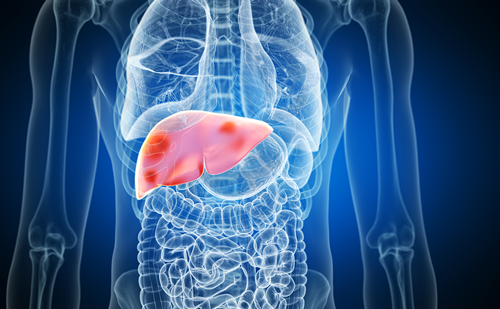The Vildagliptin Experience – 25 Years Since the Initiation of the Novartis Glucagon-like Peptide-1 Based Therapy Programme and 10 Years Since the First Vildagliptin Registration
Abstract:
Overview
The discovery of the incretin hormone glucagon like peptide-1 (GLP-1), and its usefulness in the treatment of type 2 diabetes mellitus (T2DM) followed by the finding that dipeptidyl peptidase-4 (DPP-4) inhibition prevents GLP-1 inactivation, led to the discovery of DPP-728. In 1999, studies with DPP-728 established the first proof-of-concept that DPP-4 inhibition improves glycaemic control in patients with T2DM. Further efforts to improve the binding kinetics of DPP-728 resulted in the discovery of vildagliptin (LAF237). In the last 20 years, a plethora of studies conducted by Novartis in collaboration with external investigators has demonstrated the mechanism of action of vildagliptin and its efficacy as monotherapy and as an add-on therapy for patients with T2DM. The studies establish that vildagliptin is a selective DPP-4 inhibitor that blocks GLP-1 and glucose-dependent insulinotropic polypeptide (GIP) inactivation, thereby prolonging their action, resulting in improved glycaemic control. This review aims to discuss the discovery and development of vildagliptin, with an emphasis on mechanism of action and clinical efficacy.
Keywords
Dipeptidyl peptidase-4 (DPP-4) inhibitors,
glucagon-like peptide-1, glucosedependent
insulinotropic polypeptide,
type 2 diabetes mellitus, vildagliptin
Article:
Article Information:
Disclosure
James E Foley is an employee
and shareholder of Novartis Pharmaceuticals
Corporation. Bo Ahrén has received speaker
honoraria from Novartis, Merck and Novo Nordisk.
Correspondence
James E Foley,
World Wide Medical Affairs Director, Novartis
Pharmaceuticals Corporation, East Hanover, NJ
07936-1080, US. E: james.foley@novartis.com
Support
The publication of this article was
supported by Novartis Pharma AG.
Access
Open Access: This article is published under the Creative Commons Attribution Noncommercial License, which permits any non-commercial use, distribution, adaptation and reproduction provided the original author(s) and source are given appropriate credit.
Compliance with Ethics: This article reviews
published human and animal studies; two unpublished
animal studies carried out by and reported with
permission from Sandoz/Novartis; these unpublished
animal studies were carried out according to
standards for the ethical treatment for research
animals existing in New Jersey, US in 1995.
Received
2017-05-26T00:00:00







